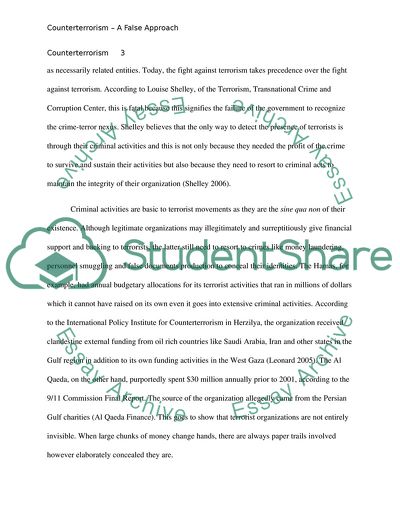Cite this document
(Counterterrorism as a False Approach Coursework, n.d.)
Counterterrorism as a False Approach Coursework. Retrieved from https://studentshare.org/military/1715173-counterterrorism-a-false-approach
Counterterrorism as a False Approach Coursework. Retrieved from https://studentshare.org/military/1715173-counterterrorism-a-false-approach
(Counterterrorism As a False Approach Coursework)
Counterterrorism As a False Approach Coursework. https://studentshare.org/military/1715173-counterterrorism-a-false-approach.
Counterterrorism As a False Approach Coursework. https://studentshare.org/military/1715173-counterterrorism-a-false-approach.
“Counterterrorism As a False Approach Coursework”. https://studentshare.org/military/1715173-counterterrorism-a-false-approach.


